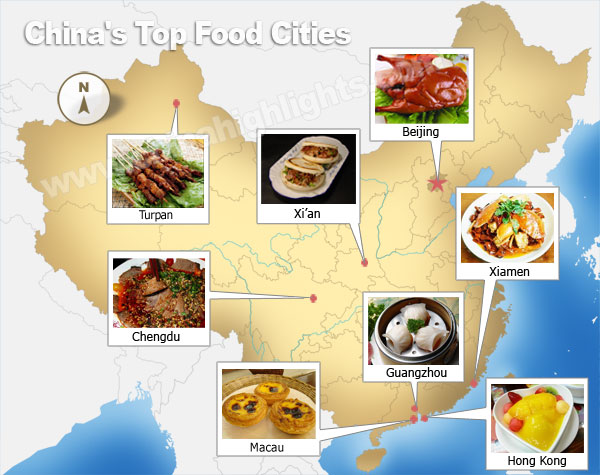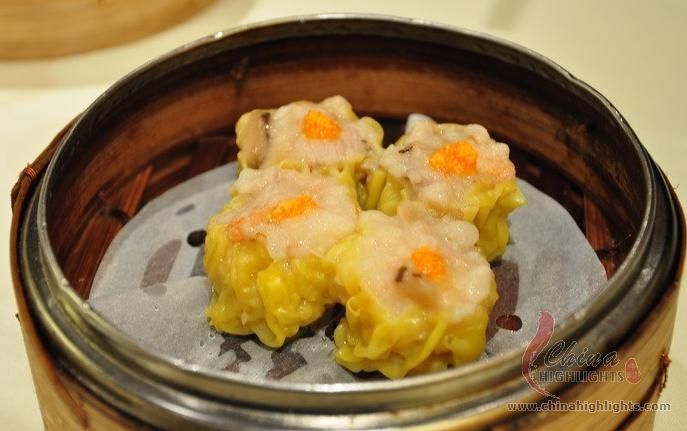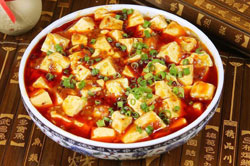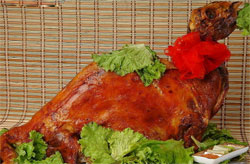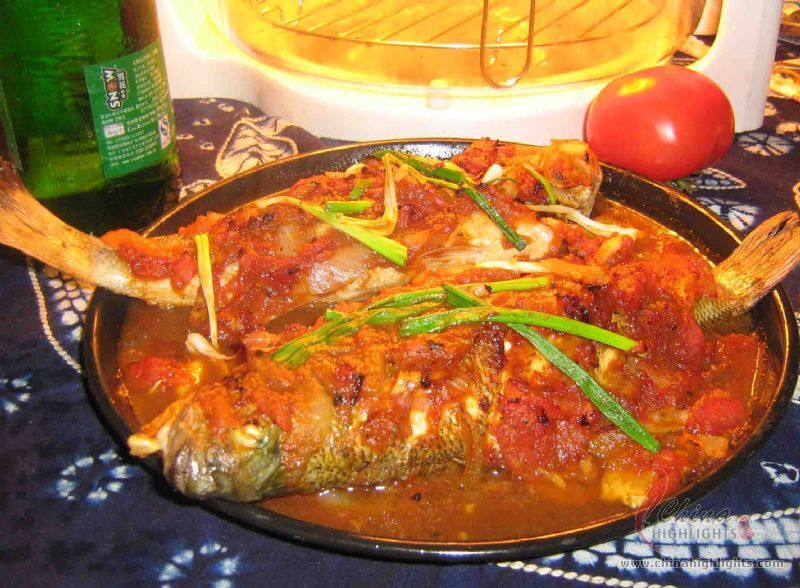 |
Royal China, pictured above
Xiao long bao dumplings are like little tiny presents that explode in your mouth. And hand pulled noodles beat those prepared versions that often end up in a clump like a tennis ball in the bottom of your bowl. You guys liked Royal China too, awarding the Preston Royal spat a Readers Choice award this year. I'm starting my binge here.
Xiao long bao dumplings are like little tiny presents that explode in your mouth. And hand pulled noodles beat those prepared versions that often end up in a clump like a tennis ball in the bottom of your bowl. You guys liked Royal China too, awarding the Preston Royal spat a Readers Choice award this year. I'm starting my binge here.
*****
 |
Howard Wang's, on Northwest Highway at Midway Road, boasts a clean modern space not unlike Royal China. (It opened in 2005.) The restaurant was successful enough to warrant a second, fancier location in Uptown.
*****
Maxim's Dim sum people -- cart after cart after cart after cart of greasy delicious food, one small bite at a time. In 2007 we ordained Maxim's the best place to eat till you explode. The end of the world is coming, haven't you heard? You might as well go out with a bang.
*****
Caravelle Chinese and Vietnamese Perfect for when you have a large group of picky eaters or you want pho to go with your sesame chicken. Caravelle is also located in a strip mall with 700 other Asian restaurants and a grocery store. Pick up some fresh lychees for the ride home.
*****
 |
They may not have really been first, but they'll stake the claim anyway. Serving up the juiciest slabs of roast pork, fattiest slices of duck and tastiest Cantonese comfort food locally for 23 years earned First Chinese Observer's Best this year.
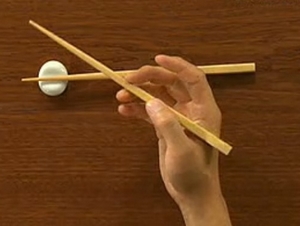 1. Stabilize this bottom chopstick, which does not move when in use (the top chopstick can move).
1. Stabilize this bottom chopstick, which does not move when in use (the top chopstick can move).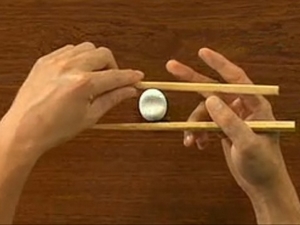 2. The top chopstick is held like a pencil, with the tips of your thumb, index finger and middle finger stabilizing it.
2. The top chopstick is held like a pencil, with the tips of your thumb, index finger and middle finger stabilizing it.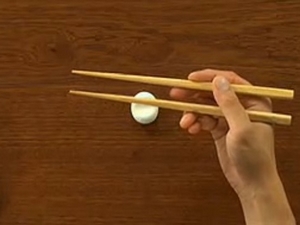 3. The key to use chopsticks is keeping the bottom chopstick still and move only the upper chopstick. Your thumb firmly holds the chopsticks firmly while your index and middle fingers pivot to help the chopstick grasp the food.
3. The key to use chopsticks is keeping the bottom chopstick still and move only the upper chopstick. Your thumb firmly holds the chopsticks firmly while your index and middle fingers pivot to help the chopstick grasp the food.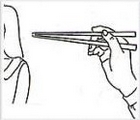 1. Do not point them or your index finger at someone. Some people hold chopsticks with their thumb, middle finger, ring finger and little finger, leaving the index finger free, which may then point at others. However, pointing chopsticks or the index finger is often done during a quarrel, and is recognized as impolite behavior.
1. Do not point them or your index finger at someone. Some people hold chopsticks with their thumb, middle finger, ring finger and little finger, leaving the index finger free, which may then point at others. However, pointing chopsticks or the index finger is often done during a quarrel, and is recognized as impolite behavior.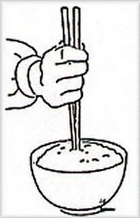 2. Holding chopsticks upside-down which indicates that you are so hungry that your ignoring your table manners.
2. Holding chopsticks upside-down which indicates that you are so hungry that your ignoring your table manners.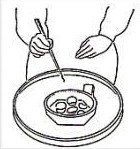 4. Do not hang your chopsticks above dishes shilly-shally, which makes it seem that you are picking and choosing your food.
4. Do not hang your chopsticks above dishes shilly-shally, which makes it seem that you are picking and choosing your food.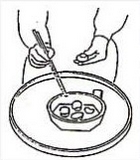 5. Do not pick up other food when your chopsticks have food on them.
5. Do not pick up other food when your chopsticks have food on them.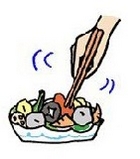 6. Do not stir or pick out food with your chopsticks.
6. Do not stir or pick out food with your chopsticks.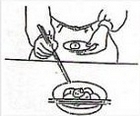 7. Do not use your own chopsticks to fetch food when a pair of communal chopsticks is provided.
7. Do not use your own chopsticks to fetch food when a pair of communal chopsticks is provided.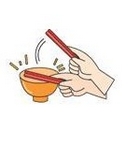 8. Do not knock on a dish or bowl with your chopsticks. This is recognized as beggar’s behavior in China.
8. Do not knock on a dish or bowl with your chopsticks. This is recognized as beggar’s behavior in China.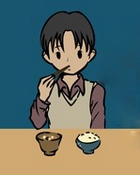 9. Do not bite or suck your chopsticks, and do not use your chopsticks as a toothpick.
9. Do not bite or suck your chopsticks, and do not use your chopsticks as a toothpick.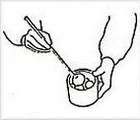 10. Do not jab your chopsticks into your food instead of using them to corectly pick up your food.
10. Do not jab your chopsticks into your food instead of using them to corectly pick up your food.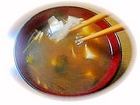 12. Do not washing your chopsticks in soup.
12. Do not washing your chopsticks in soup.